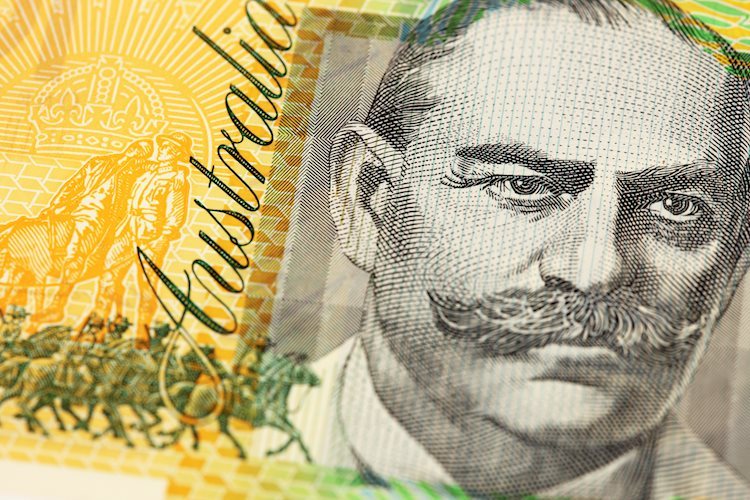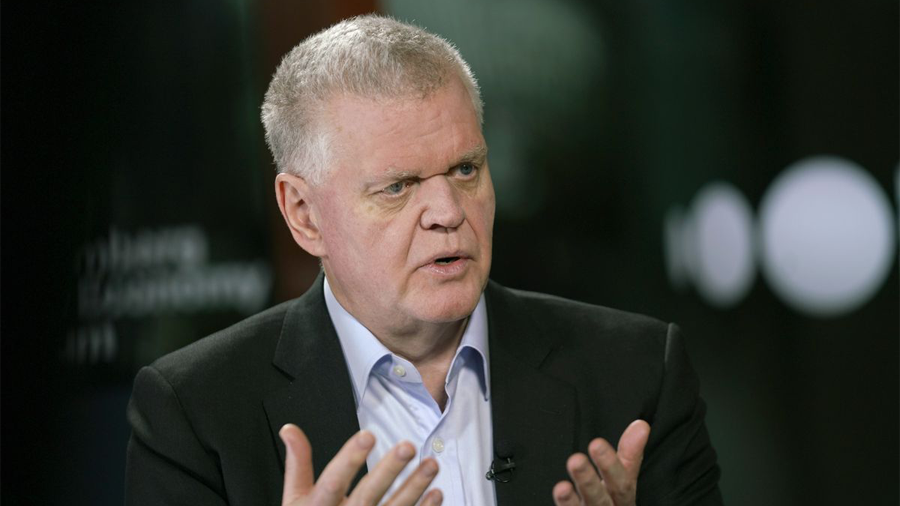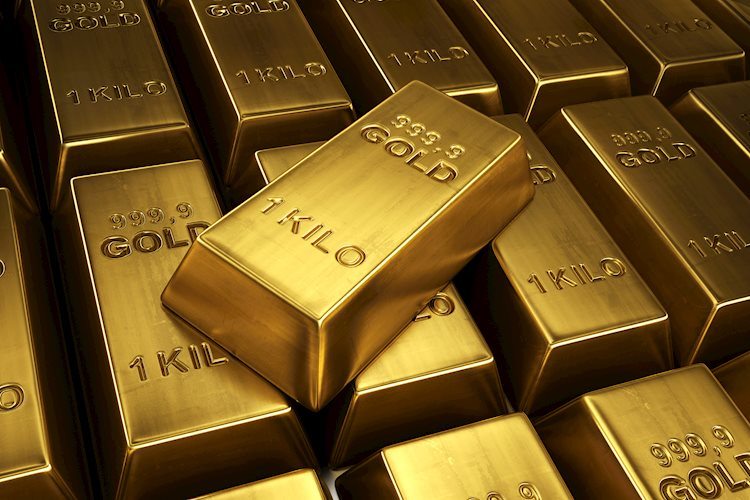The epicenter of the latest effort to raise money for Ukraine was an office above a bakery in north London.
Isaac Kamlish, Nathan Cohen and Isaac Bentata — ages 23 to 25 — gathered around their laptops earlier this week and helped launch the first-ever sale of unique digital collectibles (NFTs) by a national government.
In 24 hours, Kiev, using technology developed by the trio, sold more than 1,200 non-fungible tokens, or NFTs, raising about $600,000 to help fund its defense against Russia.
The auction, which made innovative use of blockchain technology as a leverage for financing in times of war, highlights how Ukraine’s government is using new and traditional tools to generate the cash it needs to survive the crisis.
Some strategies are more traditional. Kiev has collected about $1 billion from war bonds sold to people and institutions in Ukraine, as residents show a willingness to lend to the government, even though there is no guarantee they will get all the money back.
President Volodymyr Zelensky’s administration has also encouraged potential donors around the world to transfer cryptocurrencies directly, an effort that has raised more than $56 million, according to analysis group Chainalysis.
And Wednesday’s NFT sale saw collectors from Los Angeles to Barcelona rush to participate in what they saw as an important moment for both Ukraine and the cryptocurrency world.
“The war in Ukraine is devastating and will be in the history books,” said Ben Jacobs, co-founder of Scenius Capital, a digital asset investment firm. “This use of encryption technology is also historic in its own right.”
Jacobs, who is based in Venice Beach, Calif., purchased two NFTs, spending a total of $1,100, including small transaction-related fees. About $1,000 worth of ether – the cryptocurrency typically used for NFT sales – went to the Ukrainian government.
a fundraising race
In Europe and the United States, people have shown their solidarity with Ukraine by hanging blue and yellow flags from buildings, organizing local fundraisers and updating their avatars on social media.
But Zelensky’s team needs more than words and gestures. To keep Ukraine’s government running and equip its military, Kiev demands money—and lots of it.
It is estimated that the war could cost the country US$ 565 billion. Its economic output in 2020 was $155 billion.
“Our fiscal gap is much larger than we expected when we started this year,” Yuriy Butsa, Ukraine’s commissioner for public debt management, told CNN businessreferring to the difference between government revenue and expenditure.
To help bridge that divide, the government has launched an unprecedented effort in the five weeks since the invasion of Russia to raise money for its cause on a global scale.
“These guys are getting creative,” said Viktor Szabo, a fund manager specializing in emerging-market debt at British investment firm Abrdn.
Kiev turned to tried-and-true channels to raise money. About $4 billion in emergency funding from multilateral organizations, including the International Monetary Fund (IMF) and the World Bank, has already been received by Ukraine, and another $2 billion is being negotiated.
It’s also using classic war bonds, which governments issue during a conflict to gain the support of citizens. They are also useful in fighting inflation, as they take money out of circulation at a time when there is often a shortage of products.
Ukraine raised about $1 billion through five local-currency bond sales in March. Butsa said there is significant demand from institutions and individuals. The proceeds go into the government coffer and are used to cover expenses such as paying pensions or emergency services.
“There are a lot of people buying US$ 10,000, US$ 5,000 for this instrument,” said Butsa.
Buying these bonds in the current climate requires a leap of faith. The one-year notes issued last month had a yield of 11%, indicating the very high level of risk. If Zelensky’s government is toppled or goes into exile, or a long war ravages the Ukrainian economy, repayment will not be a sure thing.
S&P Global Ratings lowered its credit rating for Ukraine shortly after the invasion. He said that while he believes the international community will help Ukraine meet its financing needs over the next 12 months, there is “potential for disruptions to governance, putting commercial debt service at risk.”
Butsa said Ukraine’s government is working “24/7” with its bankers to develop a new dollar bond that can be sold to foreign investors, many of whom are keen to support Kiev but are hampered. by capital controls that prevent them from collecting returns in Ukrainian currency, as well as other logistical issues.
“Our intention is to offer an instrument where every person who wants to support Ukraine sitting in the US, having their account in the local financial institutions, can easily support us,” said Butsa. His team is also exploring options within the European Union.
Despite the support for Ukraine, professional investors — who have a duty to protect their clients’ money — may be nervous about lending money to Ukraine’s government now, even if it finds a way to offer bonds abroad.
“We cannot invest in an asset where we see a high probability that the money will not be returned,” Szabo said, although he added that he thinks the market could become attractive again once the war is over.
Working the crypto angle
Financing options that do not involve borrowing are also attractive, as Ukraine is afraid of dramatically increasing its debt burden.
“We don’t want to end up, when the war gets to the reconstruction phase, spending more on debt service than we pay on rebuilding infrastructure,” Butsa said.
This is where cryptocurrency donations and NFT sales can come in. For weeks, Ukraine has encouraged people to transfer bitcoin and other cryptocurrencies on official social media accounts.
The effort has given the government access to a large pool of small donors who don’t have to worry about complex financial arrangements or currency conversion.
On March 28, Kiev had raised around $56 million worth of cryptocurrencies with an average donation of around $30said Chainalysis to CNN Business.
Alex Bornyakov, Ukraine’s deputy minister for digital transformation, said last month the money was used to buy bulletproof vests, helmets, walkie-talkies and medicine.
The sale of a Ukraine flag NFT by UkraineDAO, an initiative supported by a member of Russian activist group Pussy Riot, raised more than $6.7 million.
The effort entered a new phase this week with the official NFT auction. Supporters from around the world purchased digital images made with local artists that combined color images with artifacts from the war, such as tweets.
Test your knowledge of the conflict between Russia and Ukraine
Between November 2021 and February 2022, the world watched tensions between Russia and Ukraine escalate. Test your knowledge of the news
Russia and Ukraine were part of the Soviet Union during the 20th century. In what year did the USSR split and these republics form?
What are the Donetsk and Luhansk regions?
Who is Volodymyr Zelensky?
What does the acronym NATO mean?
Tick the alternative that correctly shows three countries that support Russia in the invasion of Ukraine
Which of these countries have already announced economic sanctions against Russia?
Which of these Ukrainian cities has already suffered from Russian bombing?
What was the first country to send aid to Ukraine after the invasion?
On February 24, Russia invaded the site of a tragedy that took place in 1986. What is this region?
What is the name of the set of military laws that replace civil laws in times of war?
Need to be on top of the news
You can follow the events of the war in Ukraine on CNN.
Well informed
You have been keeping up with the news about the conflict in Eastern Europe. Keep following developments on CNN
Kevin Lista Navarro, a 26-year-old financial advisor in Barcelona, previously donated to support refugees from Ukraine. Still, he saw the NFT auction as a once-in-a-lifetime opportunity and bought two.
“Thanks to this technology, you now have the possibility to contribute to the cause and also receive a commemorative work of art in return,” he said. “Who knows what they might be worth in the future.”
Kamlish, Cohen and Bentata — the team in London whose nascent platform, FAIR.xyz, was used to carry out the sale — got the job after sending cold emails to people in the Ukrainian government after the NFT project was first announced. .
They’ve been involved for the past two and a half weeks, working late into the night and running on adrenaline to prepare for the release.
“It’s been pretty crazy,” Bentata said. The process went smoothly despite heavy traffic on the site that could have come from malicious actors, Kamlish added.
“How Ukraine has really relied on cryptocurrencies as a way to get financial support… it shows the value of governments leaning towards cryptocurrency and NFT technology rather than rebelling against it simply because it’s new and scary,” Jacobs said. , from Scenius Capital.
Source: CNN Brasil
I am Sophia william, author of World Stock Market. I have a degree in journalism from the University of Missouri and I have worked as a reporter for several news websites. I have a passion for writing and informing people about the latest news and events happening in the world. I strive to be accurate and unbiased in my reporting, and I hope to provide readers with valuable information that they can use to make informed decisions.






